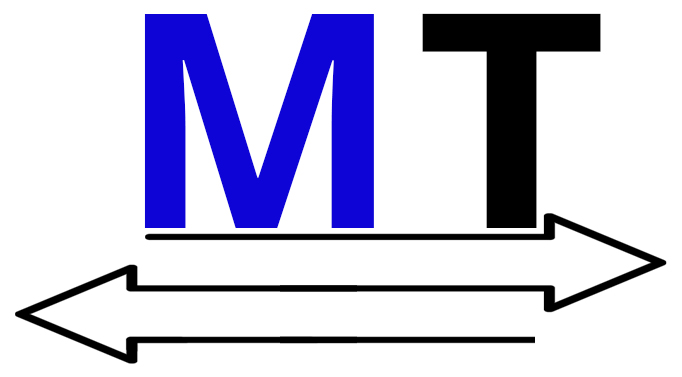Mauritius initially developed a textile manufacturing sector to diversify its economy and by the 1980s the share of manufacturing in GDP had increased to 25% from 19% in the 1970s. Originally the manufacture and subsequent exportation of textiles and garments complemented the tourism and sugar export industry.
However following the expiration of the Multi-Fibre Agreement and the strength of China in the global textile market, Mauritius has refined its strategy to develop other sources of manufacturing growth. Now Mauritius is involved in various manufacturing sectors include: light processing, electronics, precision engineering, watchmaking, seafood, and fine and costume jewellery. Other sectors with potential include the production of organic and renewable energy, like wind turbines, solar panels, and bio-fuels through the industrial production of ethanol.
The manufacturing sector is subject to strong competition as the export market is subject to external challenges such as competition, currency valuation, logistics, and entry barriers. However if the sector can continue to diversity and innovate it can remain a pillar of the economy for some time to come.








